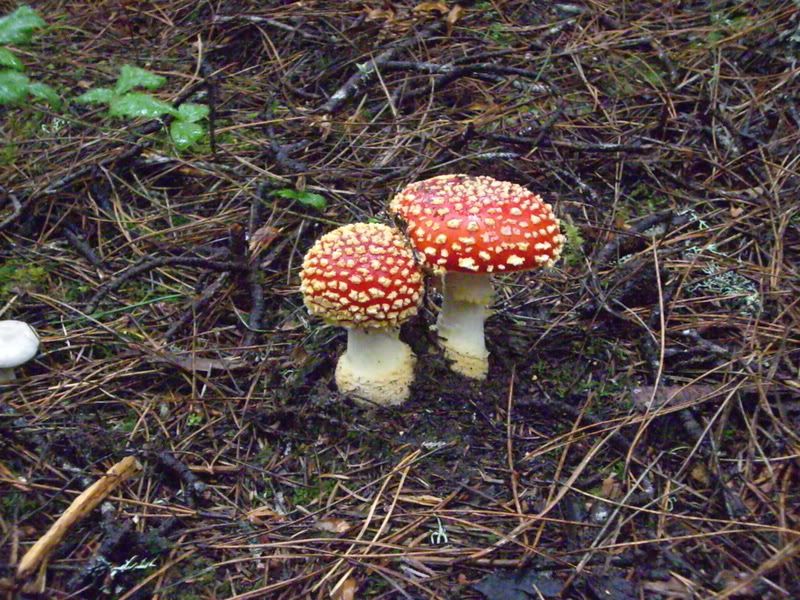I began my involvement in the Up From the UnderStory project hoping to learn something about how my passive study of the practices and principles of literary bioregionalism might be converted into an active program for encouraging a new generation of literary localists. As it turned out, I not only learned a great deal about how my expertise and the University’s resources might be harnessed in such a project, but also found myself forced to reconsider key elements of my original understanding of what bioregionalism means.
I want first to say that participating in the ARC initiative was personally very gratifying; I have rarely felt so certain that my knowledge and the University’s resources were being used in a way that made good on the UC’s (and my) responsibilities to the general public. Besides being a genuinely moving instance of public outreach and engagement, the campus presentation of student documentary and the panel discussion also brought me two significant intellectual findings.
The first was the potential for bioregional projects to play an important role in the intergenerational transfer of community knowledge. I have up to this point usually thought of bioregionalism in terms of its role in defining, differentiating, and interpreting microcultures and environments, with the payoff being the possibility of new conceptions of ecological place and political space. But as became clear both when I saw (in the documentary) the results of the student interviews of their community elders and saw (in person) the way the Calaveras community was using the UnderStory process as a channel for communication between at least three generations, it was brought home to me that a big part of the value of bioregional projects lies in the way they provide opportunities for communication that have largely disappeared from our shared culture.
The second finding related to the proper medium for bioregionalism. As might be expected of an English professor, my main experience of bioregionalism was in the first-person singular written accounts—poetry and prose—often recorded in magazines, newspapers, and (more seldom) books. This is the world of Gary Snyder, Freeman House, Gerald Haslam, David Mas Masumoto, Charlie Soderquist, and Mike Madison, to name but a few locally important figures. I had, I am now embarrassed to say, never given much thought to powerful ways that the first-person literary tradition restricts what can be represented about a community. The UnderStory project opened my eyes to the way that multi-author collaborations using other media—oral interviews, filmmaking, etc.—do not just translate the bioregional literary tradition: they transform it. Because of the widespread availability of these new media tools, bioregionalist projects will begin to become even more complex representations of multi-layered relationships. At the extreme end of this new phenomenon, bioregionalism may begin to be expressed through the anonymous, multi-author manipulation of maps that are in the public domain. Professor Galt’s and my workshop on countermapping demonstrated to us as much as to our Calaveras audience the untapped potential of technologies like GoogleMaps and Wikipedia to aggregate and expand knowledge bioregionally. If and when this potential is tapped by local communities, we will have truly entered a new era of bioregionalism, and because of the Art for Regional Change program I think I and other involved scholars will possess a rare and valuable front-seat at the creation.
As I hope is now evident, the Up From the UnderStory project and the ARC initiative more broadly have some real academic payoffs. Combined with the obvious value of the public outreach they also provide, and in light of the existence in
M. Ziser

0 comments:
Share your views